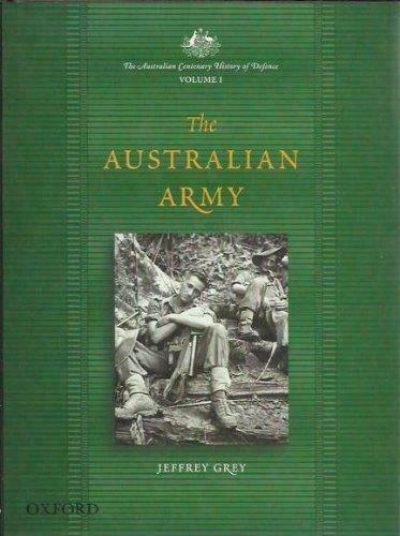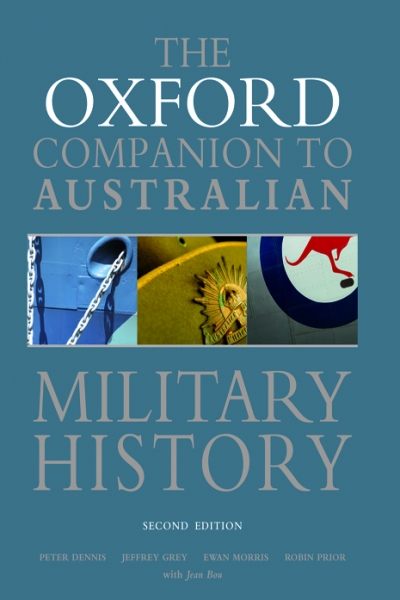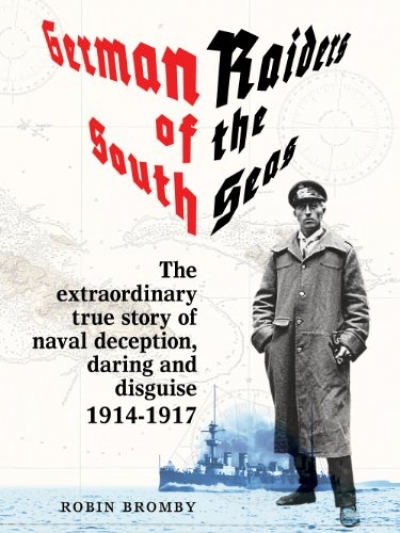In his famous but tendentious 1989 essay ‘The End of History’, the American political scientist Francis Fukuyama argued that ‘we may be witnessing ... not just the end of the Cold War, or the passing of a particular period of post-war history, but the end of history’. A similar proposition might well have been made about Australian military history. By 1989 the great era of Australian military history seemed to have passed. The centrepieces of this era were the two world wars, which were so large, bloody and traumatic that they seemed destined to dominate the subject for many decades to come. What came before – the New Zealand Wars, Sudan, the Boxer Rebellion, and the Boer War – were seen as preliminary or preparatory episodes, or, as the title of one book on Sudan put it, ‘The Rehearsal’. The conflicts that followed World War II were postscripts. The performances and sacrifices of Australians in Korea, Malaya, Borneo, and Vietnam were measured against the earlier experiences of the world wars. All of Australia’s senior commanders in Vietnam had served in World War II, while most of the younger fighters there were the sons of World War II veterans.
...
(read more)



